A World of Ice {in Pictures}
I stepped out on deck this morning to find the sea fog had finally lifted, revealing an immense ocean of ice: the world of Antarctica. As far as I could see in every direction there were icebergs of every shape and size imaginable.
There is something incredibly captivating about icebergs. Perhaps it is the reminder that I am very far from home, or the blatant message that I am on the coldest ocean on earth. Their sheer size is enough to impress anyone, especially knowing that 80% of their mass lies beneath the surface. Some icebergs stretch hundreds of kilometers long, so big they alter ocean currents and weather and can be tracked by satellites. Over the course of many years they melt down, becoming part of the ocean.
It’s hard to believe, but icebergs start off as light snow falling on the continent. As the snow compresses, over time it becomes more and more compacted, eventually forming glacial ice. The glacial ice acts as a viscous plastic, moving under its own immense weight from the center of the ice cap out to the coast, often forming massive ice shelves. Pieces of ice then calve off into the ocean usually in the form of large white tabular icebergs.
The wind, sun, waves and currents then unleash their forces on the icebergs, eroding them into an infinite variety of shapes beyond your imagination.
As I look out upon the field of icebergs, many still hold their tabular form, but some are bent at awkward angles and many are deeply crevassed.
Some icebergs have been weathered down into pillars, while others resemble bulbous hilltops. Older icebergs are deeply colored hues of green and blue, due to color absorption and scattering of that inner compacted ice.
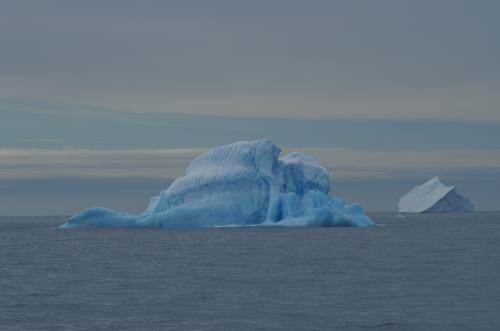 An older, blue iceberg in the foreground, with a newer, white iceberg in the background.
An older, blue iceberg in the foreground, with a newer, white iceberg in the background.Photo by Sunhild Wilhelm
Each day reveals new icebergs and I am just as awestruck as the first time I saw one.
As icebergs calve off and melt, snow and ice continue to build up on the continent offsetting for the loss. Considering that Antarctica holds 90% of the world’s ice, upsets in this balance could be catastrophic. A recent study by the British Antarctic Survey found that glaciers in the Western part of Antarctica were discharging ice into the ocean at an alarming rate. Worldwide sea levels could rise by 1.5 meters if this rate continues, though it might take decades or a century. Researchers are still teasing out the reasons behind the increased discharge rates and if global warming is the culprit.
For more information on thinning inland ice, click here to visit a site on Antarctica’s changing Pine Island Glacier.


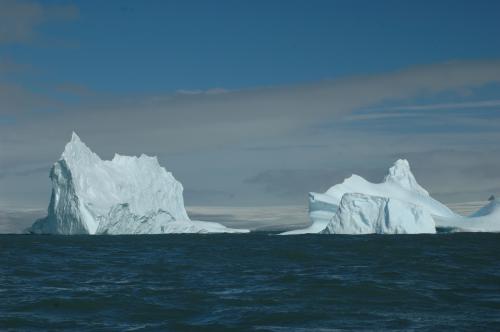
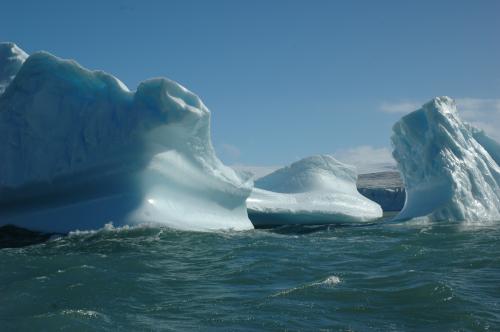
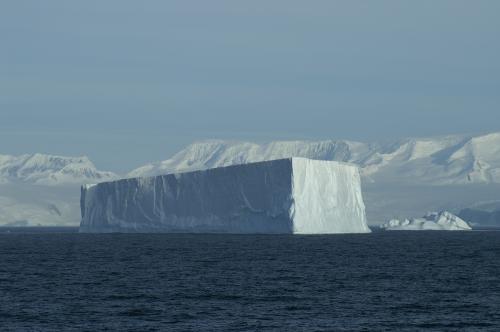
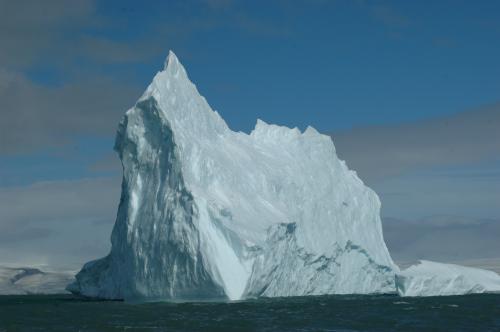
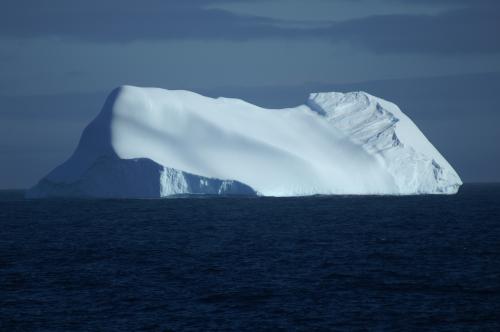

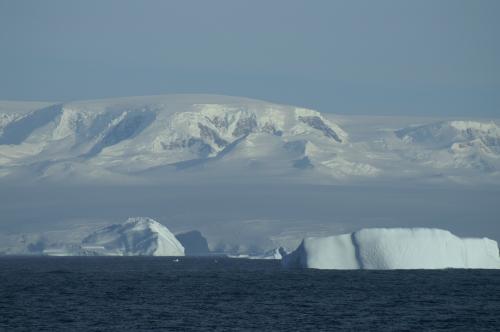
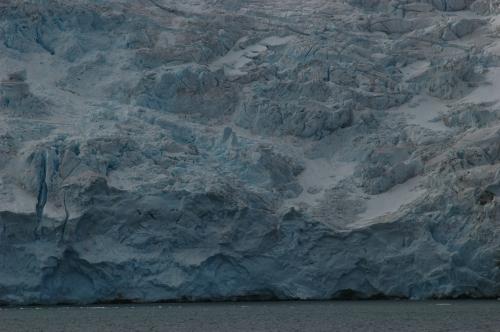
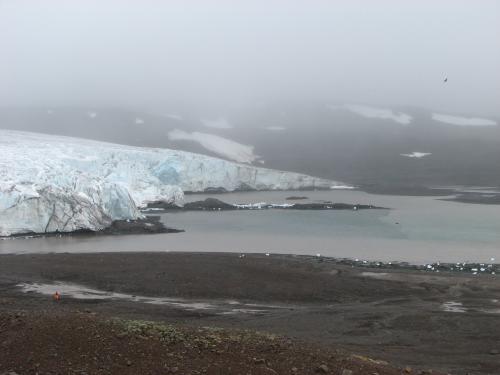








Brrrr….I needed a jacket just to see those pictures.
Very cool. The tabular iceberg is freaky like some giant just dropped his ice on the ocean straight from the ice tray.
Thanks.
hey, interesting combination of some cool facts about icebergs and their rather poetic pictures …suceeds in conveying the pristine white aura of the place.
Dear Didi,
This is the beauty of the internet, you don´t need a jacket for me to share these beautiful pictures with you! Glad you enjoyed.
Best wishes!
Cassandra
Dear lovy,
Thanks for your comments and glad I was able to give you a feel for this amazing place!
Best,
Cassandra
Ms. Brooks,
I am a professional artist. I work with oil on canvas. You have the eye of a formally trained artist. I am going to be working on a series of large photo-realistic paintings starting next year (upon conclusion of my current space based pieces), I will be influenced by your photos. It will be an exercise in slight variation, and subtle detail. Not to mention the ecological/political undertones the work will take on. Please continue to shoot and post more.
I think you should, if possible, do some work on black and white Ilford-Delta film, with dark-room developed large prints. With the proper techniques the subtle contrast of the ice-ocean-sky relationship can be explored in its finest detail, revealing variations of contrast not even visible to the naked eye.
FYI; I have been formally trained by one of Ansel Adams students, so if you would like advice just email me. Or google my name I’m easy to find.
Eric Korbly
PS I will be working up composition ideas in photoshop CS2 if you would like to see??????
Eric,
Thanks so much for your photography comments. Most of the iceberg ones were actually taken by my colleagues and I will be sure to pass on your comments to them! I am hoping to continue to take more photos though and take better and better ones!
Thanks for your feedback and willingness to help!
-Cassandra
Hi Cassandra,
I am writing a paper at my university at 2am … and I thought of you. After Google searching you, I stumbled across this series of logs! How enjoyable to see what happened on your trip after that most unusual flight trip to South America together! I hope all is well … thanks for caring for His world.
I smile as I write to you again, although I don’t know if you check this anymore and will reply.
True peace and life to you from Him,.
Ian Slater … that guy from Oregon you walked with in LA and flew with to Santiago, Chile
Hi Ian,
Thanks for looking me up. I had a great field season after the double layover 52 hour trip to southern Chile!
Best,
Cassandra